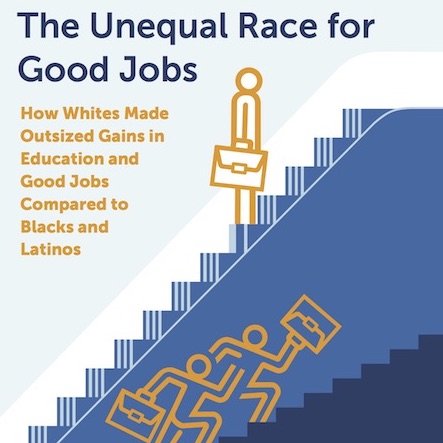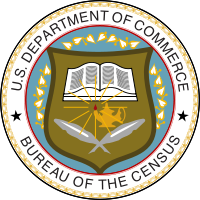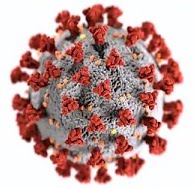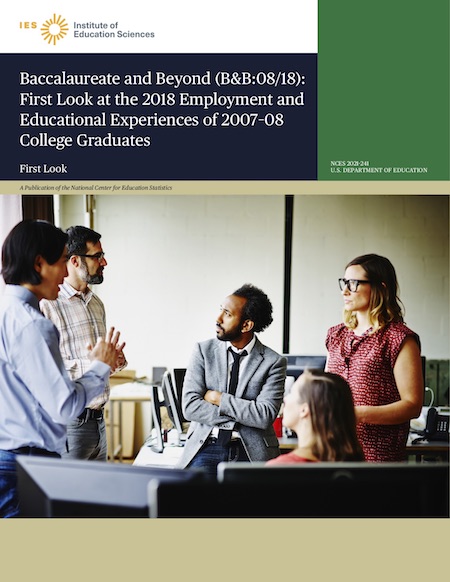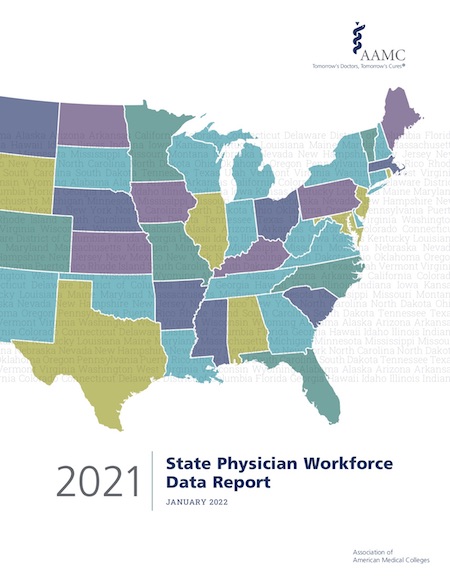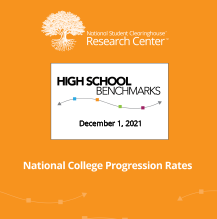The Racial Gap in Participation in High School AP, IB, and Dual Enrollment Programs
According to a new report released by the U.S. Department of Education, White high school students are far more likely than their Black peers to take Advanced Placement (AP) classes, international baccalaureate (IB) courses or participate in dual enrollment courses with colleges.
New Report Offers Statistics on Pell Grant Recipients by Racial and Ethnic Group
More than 57 percent of African American undergraduate students received a federal Pell grant in the 2015-16 academic year. For White undergraduates, 31.5 percent of all undergraduates received a federal Pell grant. Blacks received 22.7 percent of all Pell Grants in the 2015-16 academic year.
Georgetown University Study Finds the Deck Is Stacked Against Black Workers
New research from the Georgetown University Center on Education and the Workforce finds that White workers have benefited from historical and systemic educational and economic advantages to build a disproportionate edge in the educational pipeline and the workforce that will continue to last for decades.
The Racial Poverty Gap and Its Impact on Higher Education
In 2018, nearly 30 percent of all African Americans below the age of 18 were living in poverty. For non-Hispanic White children, the rate was 8.9 percent. Many Black children from impoverished backgrounds do not even consider higher education due to the perceived cost.
George Washington University Study Finds a Major Racial Gap in Financial Literacy
The results of the survey found that African-American adults answered 38 percent of the questions correctly, compared to 55 percent of White adults. Only 28 percent of African American adults answered over one-half of the questions correctly. For White adults, the figure was 62 percent.
Racial Discrimination Directed Against Children Can Impact Their Mothers’ Health
The study found that when biological and environmental factors affecting women's health are accounted for, there tends to be a decline in a middle-aged woman's health corresponding to the level of discrimination experienced by their children.
Racial Differences in the Gender Wage Gap
A new report from the Center for America Progress finds that White women earn 79 percent of what is earned by White men. But African American women earn only 62 cents to the dollar compared to the earnings of White men.
Data Shows Huge Racial Disparities in Impact of COVID-19 Virus
According to the Centers for Disease Control and Prevention, Blacks make up 13 percent of the U.S. population but over 33 percent of the patients admitted to hospitals with the COVID-19 virus. In some cities Blacks are dying from the virus at rates double their percentage of the population.
How the Racial Digital Divide Impacts Online Education During the Pandemic
A new Census survey finds that only 61.6 percent of Black households with children in K-12 education said they had the technology to allow children to do their online schoolwork at all times. For White households, nearly 73 percent had total access to the online education offered for their children.
The Nation Is Making No Progress in Closing the Racial Gap in Standardized Test...
The most striking statistic is that only 4 percent of all Black test takers were rated ready for college-level courses in all four areas of English, mathematics, science, and reading. Whites were more than six times as likely as Blacks to be prepared for college-level work in all four areas.
The Stubborn Racial Gap in Scores on the SAT College Entrance Examination
Some 54 percent of all Black students in the high school Class of 2020 who took the SAT College Entrance Examination did not meet the minimum benchmark in either reading or mathematics. For Whites, the figure was 19 percent.
For 50 Years, There Has Been No Progress in Closing The Black-White Median Income...
In 2019, the median Black household income was 59.7 percent of the median income of non-Hispanic White families. With only minor fluctuations, the racial gap in median income has remained virtually unchanged for more than a half-century.
Academic Disciplines Where African Americans Received Few or No Doctorates in 2019
In 2019 there were 2,512 African Americans who earned doctorates. They made up 7.1 percent of all doctorates awarded to U.S. citizens or permanent residents in the U.S. But there are many fields where Blacks earned only a tiny percentage of all doctorates. For example, African Americans earned only one percent of physics doctorates.
The Huge Racial Gap in Graduate School Student Debt
African Americans who earned doctorates in 2019 had an average graduate student debt of $84,050. Nearly 21 percent of African Americans who earned doctorates in 2019, had graduate student debt of more than $160,000.
Racial Differences in Well-Being for College Graduates Ten Years After Earning Their Degrees
Thirty percent of Blacks who earned a bachelor's degree in the 2007-08 academic year had earned a master's degree 10 years later. Only 26.6 percent of Whites had earned a master's degree. Whites were significantly more likely than Blacks to earn a professional degree within 10 years of graduating from college.
Scientists Call for an End to Racial Funding Disparities in Biomedical Engineering
Representatives from a network of women deans, chairs, and distinguished faculty in biomedical engineering are calling upon the National Institutes of Health and other funding agencies to address disparities in allocating support to Black researchers.
The Racial Gap in College Enrollments of Recent High School Graduates
For non-Hispanic White high school graduates in 2019, 47.9 percent had enrolled in four-year colleges and universities by October of that year. For 2019 Black high school graduates, less than 32 percent had enrolled in four-year colleges and universities by the ensuing fall.
COVID Almost Eliminated the Black-White Unemployment Rate Gap, But Now It’s Back
For many decades the Black unemployment rate has traditionally been double the rate for Whites. This racial gap existed in both good economic times and bad with only slight fluctuations in the ratio. After the pandemic hit, the Black rate was only 1.2 times the rate for Whites. Since then the racial gap has reappeared.
Pew Research Center Report Documents Racial Gap in STEM Degree Attainment and Employment
Black students earned 7 percent of STEM bachelor’s degrees as of 2018, the most recent year data is available. This is below their share of all bachelor’s degrees (10 percent) or their share of the adult population (12 percent). Black adults are also underrepresented among those earning advanced degrees in STEM.
Black Faculty Are Vastly Underrepresented at Southern Colleges and Universities
The Southern Regional Education Board has released new data that shows only 9.2 percent of full- and part-time faculty members are Black at public four-year institutions in the 16-state region. Nearly 18 percent of all undergraduate students at these educational institutions are African Americans.
Report Documents the Employment Shortfall of African Americans in the Tech Workforce
A new report from the Computing Technology Industry Association offers a wealth of data on employment in the technology sector. In the San Jose, California, metropolitan area, home to Silicon Valley, there are just over 3,000 African Americans employed in tech positions. In contrast, there are 45,000 White workers and more than 107,000 Asian American workers.
The Far-Reaching Racial Disparities as a Result of the COVID-19 Pandemic
While overall deaths relating to motor vehicle crashes increased by 7.2 percent in 2020, African American deaths increased by 23 percent. The fact that Blacks were less likely to be able to work at home during the pandemic was a contributing factor.
Study Finds Black Access to Healthcare Lags in States That Show a High Level...
The results showed that the higher the level of racism in a given state, the less access Black people in that state had to health care. The higher the level of racism in a given state, the more access White people had to health care. In addition, the worse the state’s racism score, the higher the quality of care White people reported receiving.
The Huge Racial Disparity in Passage Rates on the Architect Registration Examination
For the first time, the National Council of Architectural Registration Boards has released demographic data on passage rates for its Architect Registration Examination, which is required for licensure throughout the United States. The passage rate for Blacks was significantly lower than the rate for Whites on the six sections of the examination.
Black Urban Areas Are Much Hotter Than White City Neighborhoods in the Summer
In 71 percent of the counties studied, land surface temperatures in communities with higher rates of poverty were up to 4 degrees Celsius, or 7 degrees Fahrenheit warmer, compared to the richest neighborhoods during the summer months.
Census Report Examines Racial Gap in Episodic and Chronic Poverty Rates
Chronic poverty is defined as being below the poverty income threshold for the entire four years that were surveyed. Some 5.6 percent of the U.S. Black population was poor for the entire four-year period. This was true for only 1.7 percent of the non-Hispanic White population.
African Americans Are Making Slow Progress in Closing the Racial Gap in Investments
Researchers examined investment account ownership across more than 80,000 households of differing racial and ethnic backgrounds over a six-year period. They found only about a quarter of African American adults owned a taxable investment account, and more than half owned no investments of any kind.
Study Finds Persisting Racial Inequality in Access to Financial Services and Credit
The Brookings Institution study finds that there are stark contrasts in access to credit for African Americans: Interest rates on business loans, bank branch density, local banking concentration in the residential mortgage market, and the growth of local businesses are markedly different in majority Black neighborhoods.
The Teacher Workforce Is Becoming More Diverse But Is Not Keeping Up With Student...
At the high school level, 52 percent of the students were White but 78.2 percent of all teachers were White. Blacks were 14.3 percent of all high school students but Blacks were just 7.8 percent of all high school teachers.
Comparing the Black Population to the Number of Black Doctors by State
Blacks are 10 percent or more of all practicing physicians in the District of Columbia, Georgia, Mississippi, and Maryland. Georgia fares far better than most southern states. Blacks make up 31 percent of the population and 16.3 percent of the doctors.
How the COVID-19 Pandemic Influenced College Enrollment Rates
A new report from the National Student Clearinghouse Research Center finds that college enrollment rates for 2020 high schools graduates have fallen significantly, especially for students from schools with a large percentage of students from low-income or underrepresented groups.
Grading the Schools With the Largest Athletic Programs on Their Diversity in Leadership Posts
The latest report on the status of women and racial and ethnic minorities in leadership positions at the 130 educational institutions in the Football Bowl Subdivision of the NCCA has been released by The Institute for Diversity and Ethics in Sport (TIDES) at the University of Central Florida. These are generally the schools with the nation's largest athletic programs.
The Growing Racial Wealth Gap and Its Impact on Higher Education
If we exclude home equity, the median net worth of non-Hispanic White households in 2019 was $79,010. For Blacks, the median net worth - excluding home equity - was $3,630. Thus, Whites had nearly 22 times as much wealth as Blacks when we exclude the value of homes. Four year earlier, Whites held only a 12-to-1 advantage.
New Report Shows Diversity Efforts in High-Tech in Academia and the Workforce Have Stalled
Despite comprising 15 percent of the K-12 student population, Blacks make up just 6 percent of students taking advanced placement computer science courses. In 2020, only 8 percent of bachelor's degrees conferred in computer science were earned by Black graduates, a decrease since 2016.
Study Finds Higher Levels of Black Maternal Mortality Due to Effects of Racism ad...
The data revealed a much greater disparity between women of color and White women than had been determined in other studies. The authors found that maternal mortality rates for Black women in their early 20s are consistent with those of White women in their mid-30s or older.
Student and Faculty Diversity Reduces the Black-White College Graduation Rate Gap
A study led by Nicholas A. Bowman, Mary Louise Petersen Chair in Higher Education at the University of Iowa, finds that college graduation gaps between Black and White students tend to shrink when there are more students of color or faculty of color on campus.

